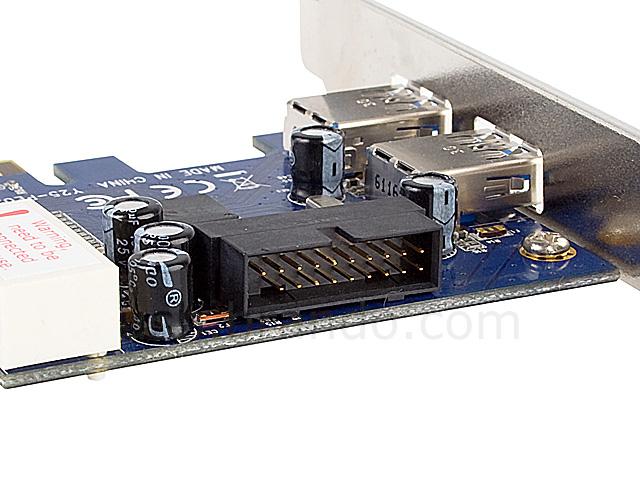


I've been using the board for a couple weeks, even installing it inside my smallest ITX PC case, a Goodisory MX01. The rear of the board also has a decent mix of built-in IO, including a Cisco-style serial console cable you can use with an easy-to-find USB adapter so you can attach to a Raspberry Pi's Serial Console (UART) for debugging. 4 M.2 E-key slots (with dual PCIe lines so you can run specialty cards like dual-TPU accelerators).

1 x16 slot (with x1 lane) in the standard ITX location.Since the Compute Module 4 came along last year, there have been a few projects that use it that make me do a double-take: They did what with a Pi?Īlftel's Seaberry is a carrier board for the CM4 in the Mini ITX form factor that adds on eleven PCI Express slots:


 0 kommentar(er)
0 kommentar(er)
